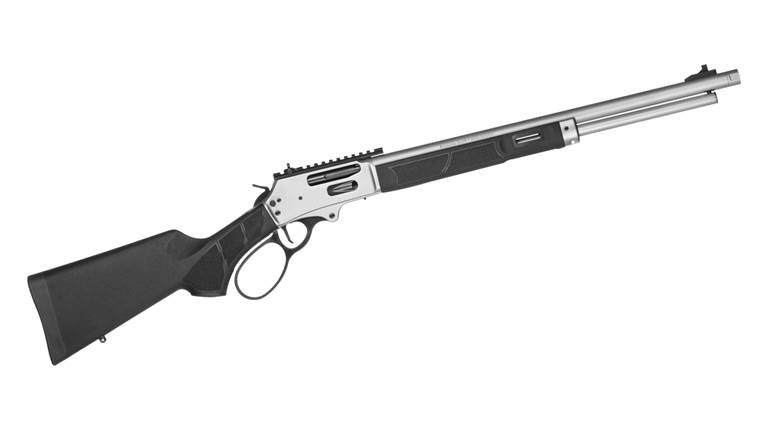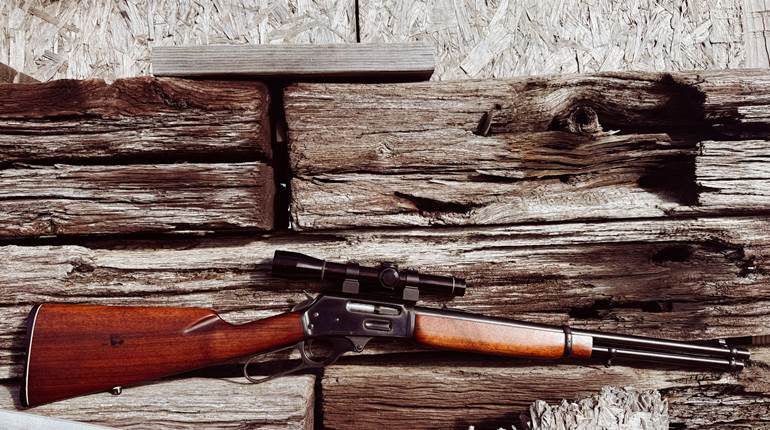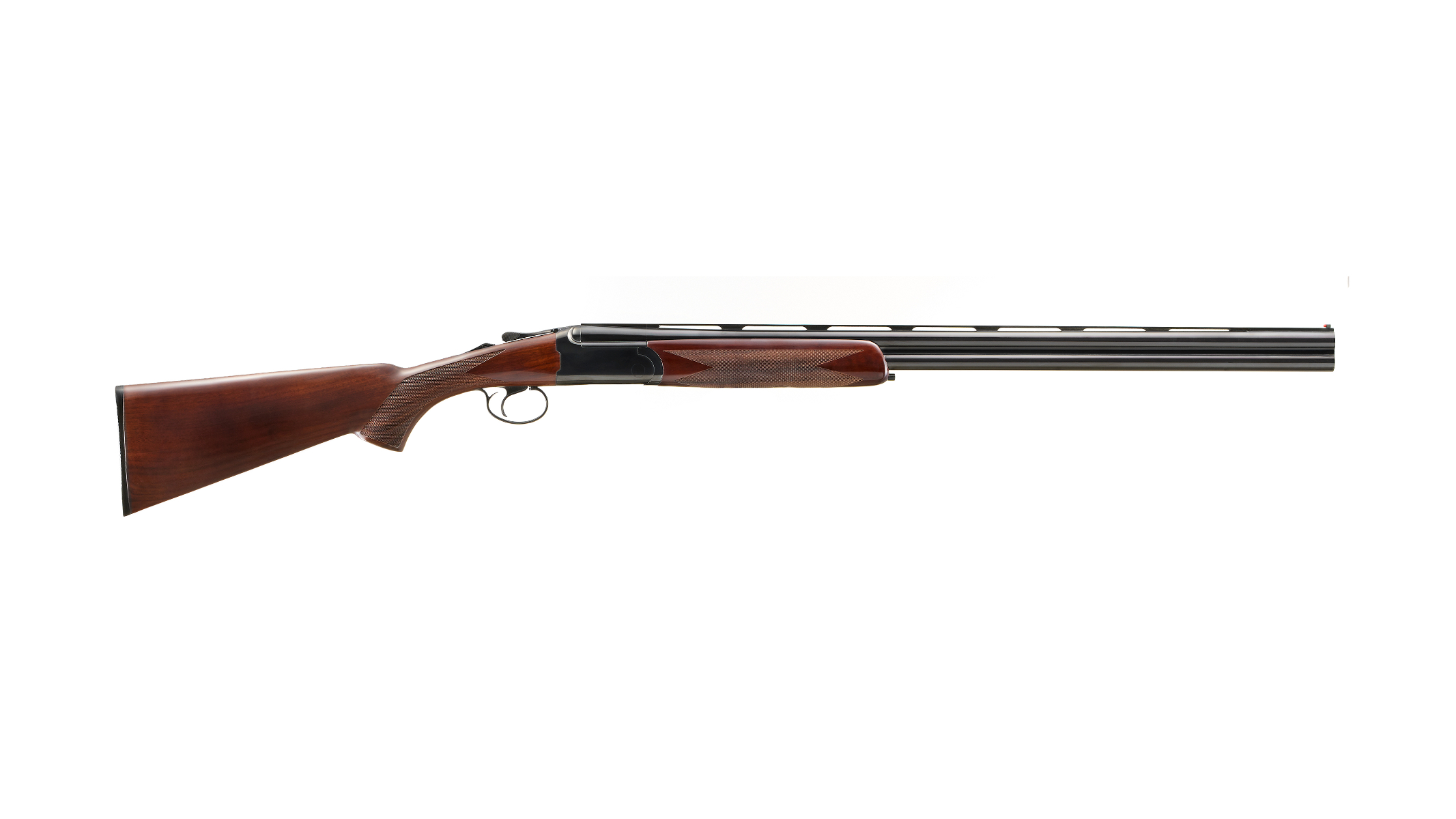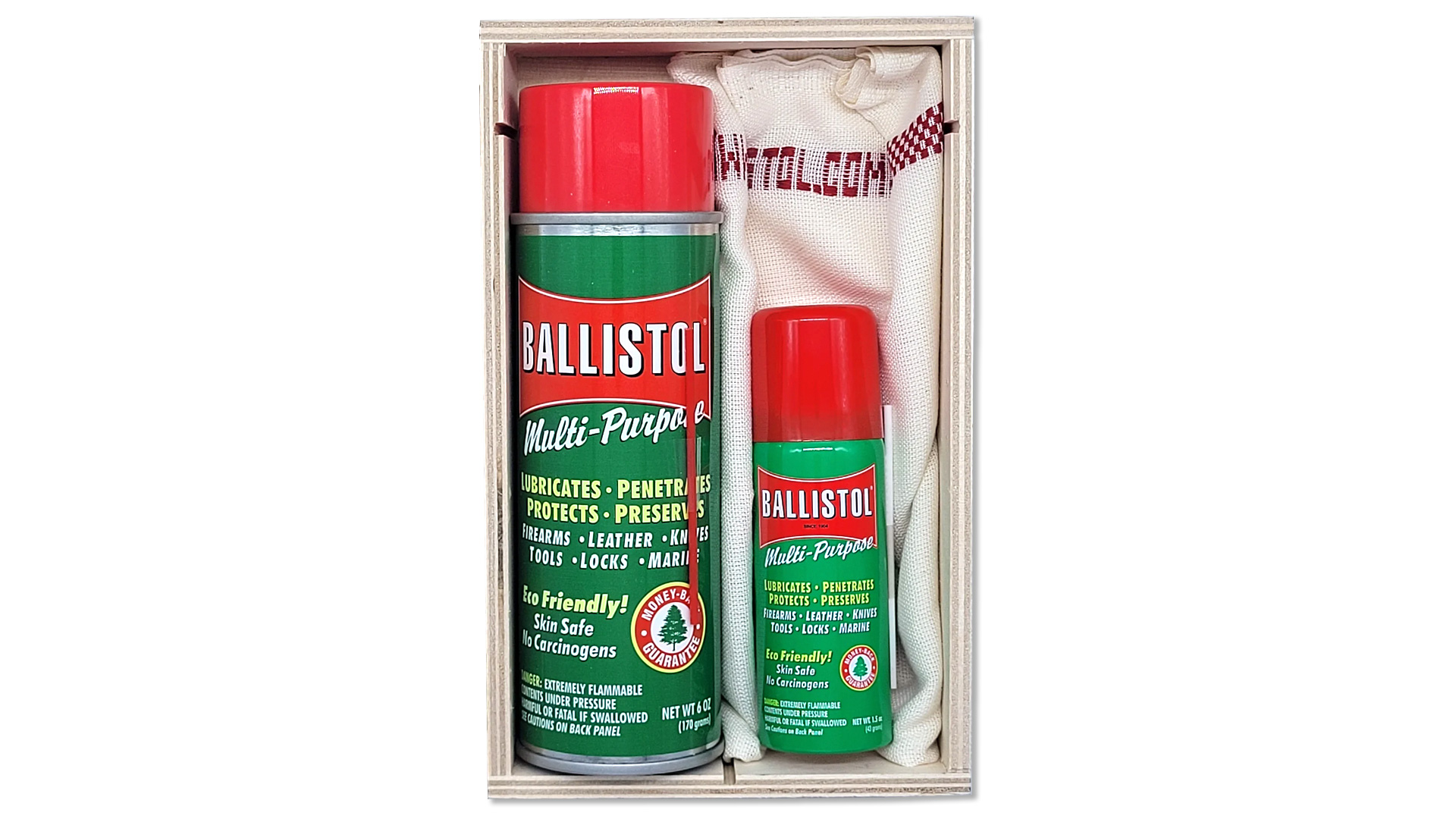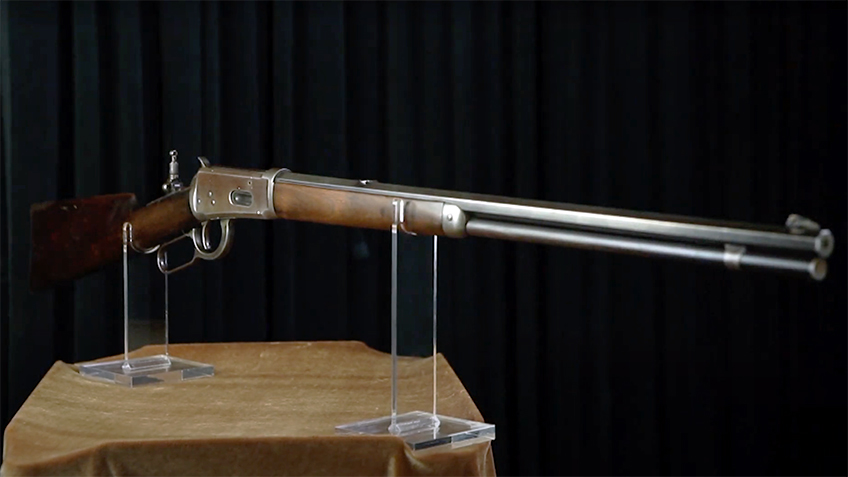
Browning modified the design of his previous lever-action rifles, and added a strengthened single locking block with a transfer bar along with an improved lever mechanism that connected directly to the bolt. The type of steel used in the construction of the major metal components was also improved, with stronger nickel steel used for the barrels. These strengthening attributes resulted in a well rounded and reliable design with fully matured safety features. It also meant that the Model 94 could accept something new for the time, smokeless powder.

Originally, the Model 94 was introduced chambered in two black-powder cartridges, the .32-40 Win. and the .38-55 Win. However, by the next year in 1895, the Model 94 was introduced in a new smokeless powder cartridge, the .30 W.C.F or .30-30 Win. as it is known today. The higher pressures and increased velocities of the smokeless powder cartridge could be safely used in the Model 94 due to the improved steel, making it the first commercial rifle to be mass produced for the market in a smokeless powder option. Other than The improved action and steel used in construction, the Model 94 remained fairly similar in appearance to the previous Winchester lever-action rifles, and is often confused with them.

It feeds from a tube magazine mounted under the barrel, as found on the previous models, and retains the loading gate originally designed for the Model 1866 by Nelson King. The Model 94 was made in numerous configurations and sizes ranging from 20" barreled carbines to fullsize custom hunting rifles. The well balanced weight and shape of the Model 94, coupled with the soft shooting yet capable .30-30 Win. cartridge among other chamberings, made the design a favorite for hunters at it was light enough to carry in the field and powerful enough to harvest deer. The Model 94 was so popular that many famous outdoors men owned one, including Theodore Roosevelt who used one with a Maxim suppressor to hunt varmints at Sagamore Hill.

While the Model 94 with its chambering, iron sights and action was enough to fit the needs of the average American deer hunter at the beginning of the 20th Century, the preference of many hunters began to favor more powerful cartridges and the inclusion of scopes for greater range. This left the Model 94 at a disadvantage, as it could not incorporate a scope as easily as bolt-action designs and was limited with range, and gradually the Model 94's popularity in the sporting community began to age. Even still, the Model 94 is still a well known and regarded rifle design to this day, and is the single most well known of the American lever action designs. During the span of production, Winchester produced over 7 million Model 1894 rifles by the beginning of the 21st Century, making it one of the most produced sporting rifles in American history.
To watch complete segments of past episodes of American Rifleman TV, go to americanrifleman.org/artv. For all-new episodes of ARTV, tune in Wednesday nights to Outdoor Channel 8:30 p.m. and 11:30 p.m. EST.

